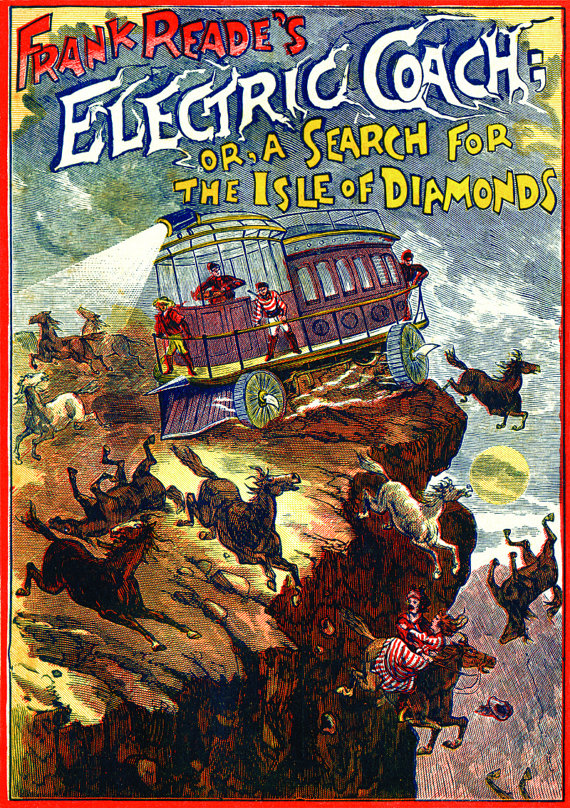I'm told that all over the mountainous parts of Italy you can find hilltop towns like the one above. Boy, they're beautiful...but you have to wonder: how do people make a living up there? The only good farmland is in the flatland below. Do workers really climb up and down the steep hill every day?
So far as I can tell, the answer is yes...or at least it used to be yes.
I guess you just developed good cardio if you lived there.
One good thing about living on a slope is that drainage is never a problem. Gravity pulls everything down to the mountain bottom. Garbage, human and animal waste...you name it, everything rolls down to some gully or other at the base.
As you can imagine, all that climbing and waste avoidance is no fun. So why did people choose to live up there? Well, they didn't choose it. They were forced to do it. In the Middle Ages barons wanted castles and fortress towns built up there and peasants were coerced into living there so they could build everything.
People had no choice. Besides, the lowlands were full of bandits and marauders. At least the mountains were safe.
Since they were stuck there, people did their best to beautify the towns. Some dirt poor places still had ornate staircases (above) or piazzas.
And , whatever the inconveniences, they still had the comfort of living in beautiful spaces (above).
After a point, though, the nobility moved out and the people who were left didn't see the point in keeping the place up.
Things fell into disrepair. People never liked living up there and when they had a chance they bailed to the flatlands and to America. A few hilltowns on the tourist routes made out alright but most of them became near ghost towns.
Here's (above) a village in Southern Italy that's been completely abandoned. Living there would be kind of spooky but...hey, maybe it's free.
*********
BTW: I'm going to take a vacation for a week. I'll be back soon!!!!!!!!!





















































